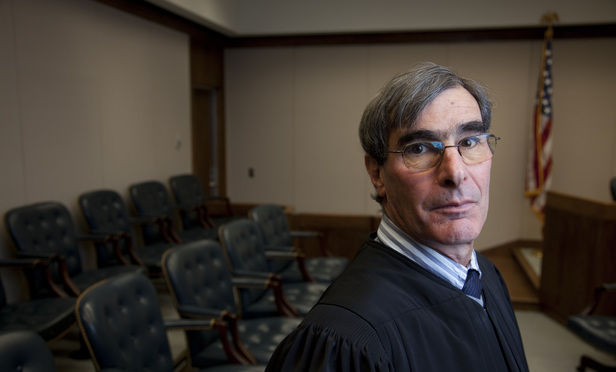How do federal judges—generalists who have to answer close-call questions on a wide array of legal topics—deal with the challenge of getting up to speed on the complex technology underlying intellectual property disputes?
The answers vary from judge to judge. But as jurists have gotten more comfortable weighing in on questions of patent law, some are taking time to delve deeper into the technologies themselves. For instance, U.S. District Judge James Donato of the Northern District of California has begun asking for inventors or technologists to make presentations at technology tutorials rather than lawyers, a move aimed at getting unvarnished answers rather than advocacy as he gets up to speed on a given subject.

Judge Jeremy Fogel, the head of the Federal Judicial Center in Washington, D.C., the judiciary’s research and training arm, said one challenge for judges who need to bone up on complex issues can be filtering fact from argument.
“This is a fascinating question because in our adversarial system the lawyers are responsible for presenting the evidence and the argument,” he said. Some judges, he added, feel like the adversarial process can distract from their ability to digest complex technical issues as parties argue over every little thing and angle to get judges to see things their way.
Related Articles:
Fogel said the center has a session at its workshop for midcareer judges that’s devoted to dealing with complexity. The issue isn’t isolated to high-tech cases, Fogel said: Judges express concerns about grappling with dense issues of statistics, economics, neuroscience and genetics.
Although it might be impossible for judges to completely scrub the advocacy out of technical material, Alan Fisch of Fisch Sigler in Washington, D.C., said that steps recently taken by Alsup and other judges who ask to hear directly from technical experts point in that direction. Fisch, an IP litigator who isn’t involved in the driverless car suit, said the primary sources Alsup is asking for “may have been selected with advocacy in mind, but they weren’t constructed” for the litigation.
Goodwin Procter’s Neel Chatterjee, an IP litigator based in Silicon Valley, said that having a judge request primary source material affects the way he presents his case. “Whatever you’re giving the judge to educate them, you kind of need to be embracing it as part of your legal argument,” Chatterjee said. While he can’t change what a particular textbook has said, Chatterjee said he can refer to it more or less “depending on who my audience is” and their thirst for detail.
“I don’t think you can do a one-size-fits-all for judges,” Chatterjee said.
More judges are employing independent advisers to provide guidance on technical issues, Chatterjee said, and the practice has increasingly taken hold in the patent litigation hotbed in the Eastern District of Texas. Chatterjee said that there’s been a lot of debate among judges about the best way to conduct technology tutorials. Some have adopted what’s called the “hottub” approach, where both sides’ experts appear in court to answer questions from the bench in what amounts to a three-way conversation. With some asking for video presentations that can be returned to later in the case, a whole cottage industry has sprung up around the production of tutorial videos.
Fogel said judges have a lot of leeway to determine how

